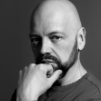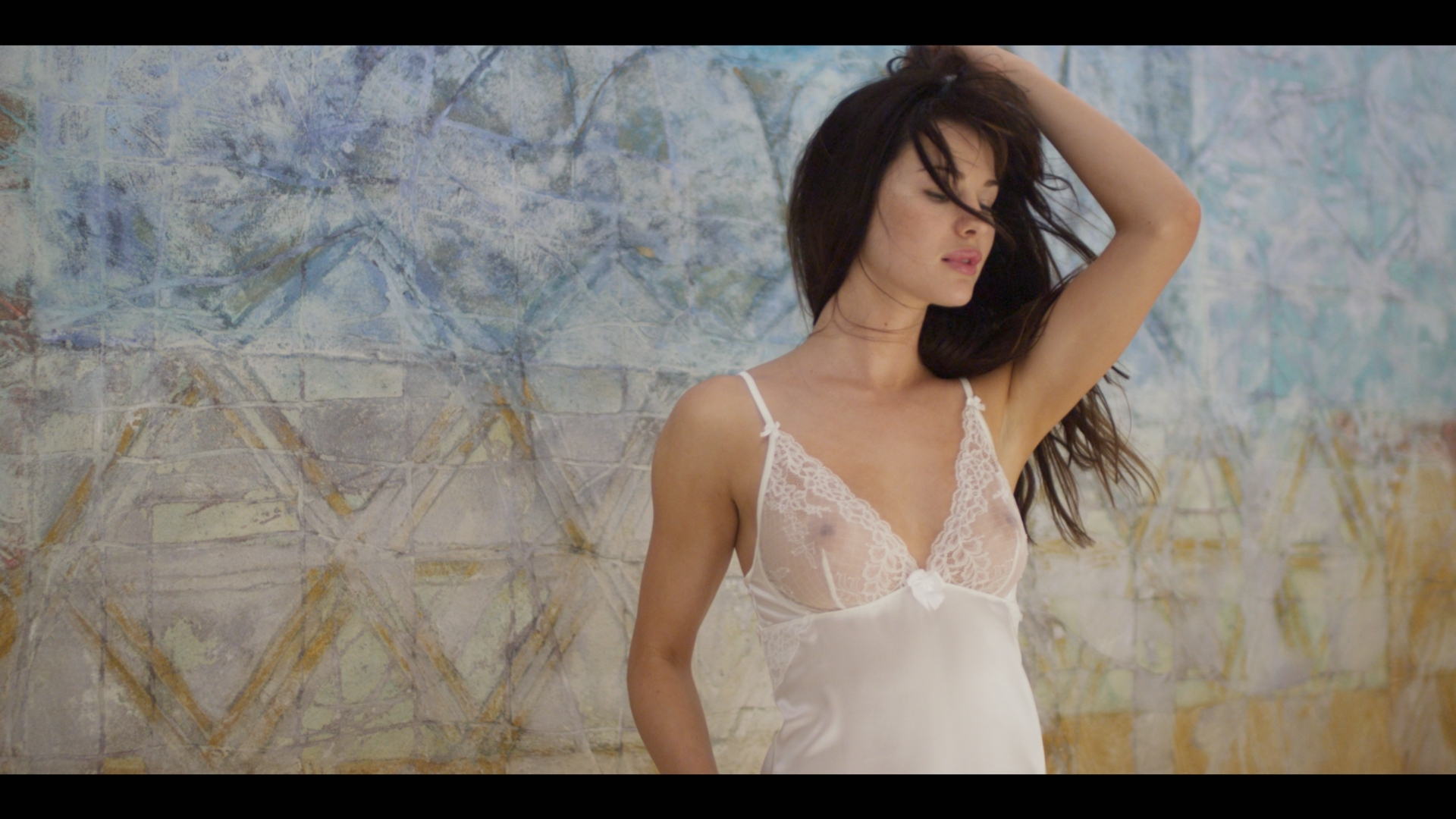-
Posts
409 -
Joined
-
Last visited
Content Type
Profiles
Case studies - Free
Case studies - Premium
Resources
Insider
Courses
Forums
Store
Everything posted by Margus Voll
-
I have feature now from Resolve to nuke and back over aces and ocio on nuke side. Seems to line up perfect.
-
Ocio in Nuke.
-
Nuke can work very well with ACES just you need to know what you are giving out as plate it seems. Now i do not know what BLG gives forward in that regard as this might be the issue point. I work still in another app and there we have issue over that specifially as export and import spaces are different and it is not documented. I do feature now and we have mapped what my app gives out and what it expects back and it seems to work fine just the question is when plates leave your app and what the BLG assumes it sits on. Like Andy already pointed with linear (709, AP0, AP1, E-Gamut, etc.) the same goes with ACES imo you need to know wahat you are passing on and what you are expecting back. With VFX it is also good idea to keep whip in your hand if no color scientist at hand as usually VFX guys ask linear files but disregard 709, AP0, AP1, E-Gamut side totally as if they do not care. Mess comes out later. Sometimes Nuke users just do not know much about color management as well.
-

Tutorial: DAVINCI - How to get perfect skin exposure
Margus Voll replied to Ildus gabidullin's topic in DaVinci Resolve
"Perfect" is also really wide and variable concept depending on story and mood and so on. Longer one lives more he knows that there is perfect somewhere out there -

Time of color correction
Margus Voll replied to Marcelo Cosme's topic in Editing , Color grading & Finishing
Nobody mentioned Mad Max here? Would be good in comparison.. -
I have been now mainly on cc. I remember this from the demos you gave me ate IBC the gentle approach. This was the thing i tried to hint as well "gently". :) I will try with next job how it would feel with cct.
-
Maybe it is application based then as well not just system based?
-
Hi. I wonder if you see ever material breaking up while using aces? What i mean is if shadow gets rather deep i get insane snow of super saturated pixels like noise in another platform. So i wonder if BL does the same thing or if it is handled better? My assumption is that non aces tools do not do that because of the clever math.
-
No built in grain patterns and you need to use external scans?
-
You mean at IBC ?
-
After hands on demo it actually feels more easy to grade in Baselight. Once you get the UI and do not get scared all the color science bits it seems actually easier to use to get your results faster. I think parts of it comes with frequency separation in cases where you do not need to fiddle with keys and such much. One demo shot was exactly that, a guy on the snow with sunset and it could be adjusted in very few steps without any masking involved. Seems extremely powerful.
-

What is the best color grading software?
Margus Voll replied to Bledar Cili's topic in Editing , Color grading & Finishing
It is a bit the discussion what starting out dop's have: "what camera is the best" In the end it is in other aspects not in the cam body. -

What is the best color grading software?
Margus Voll replied to Bledar Cili's topic in Editing , Color grading & Finishing
I have to figure out my business model around BL to start using it more -
See here: https://www.eventbrite.com/e/ibc2018-colour-day-registration-48561257027?aff=ebdssbdestsearch
-
Working properly yes.
- 7 replies
-
- 1
-

-
- review tool
- universal player
-
(and 4 more)
Tagged with:
-
Wrote a little thing about color workflow that seems confusing to many. Hope it helps to clear it up a bit. http://www.iconstudios.eu/workflow/aces-the-mighty-beast-of-colors/
-
Half of the people recommended me were out of my country so it can be done. I personally like the procedure as at least one time i have been approached buy colorist who's background was more like youtuber than colorist. SO i see it as good screening model for now.
-
Hi. I'm noob in S9 and was wondering how other approach grading in aces. As my experience for now is mainly Resolve based i work a bit like this: INPUT Adjust temp tint to normal in RAW tab Log tools - Adjust offset for color balance if need afer raw Also log tools - PRIMARY Adjust master offset (exposure) Adjust contrast Adjust hue if needed SECONDARY / LOOK Make all the look related things TImeline or final adjustments like grain or film damage etc. How would you go with it in Scratch ?
-
Would you take my kidney ?

